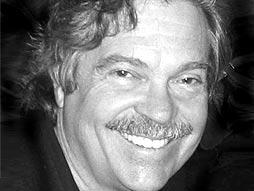One of the true luminaries of personal computing, Alan Kay conceived of laptops and graphical interfaces years before they were realized. At XeroxPARC, Apple, HP and Disney, he has developed tools for improving the mind.
Why you should listen
"The best way to predict the future is to invent it." Alan Kay not only coined this favorite tech-world adage, but has proven its truth several times. A true polymath, as well as inventor, he has combined engineering brilliance with knowledge of child development, epistemology, molecular biology and more.
In the 1960s, Kay joined the computer team at XeroxPARC, where he worked on world-changing inventions like the graphical interface, object-oriented programming, and the personal computer itself. Later, at Apple, Atari, HP, Disney, and now at his own nonprofits, he has helped refine the tools he anticipated long before they were realized.
As the industry has blossomed, however, Kay continues to grapple with the deeper purpose of computing, struggling to create the machine that won't only recapitulate patterns in the world as we know it but will teach both children and adults to think, to see what otherwise is beyond them.
What others say
“One of the computer industry's most prolific inventors.” — Electronic Engineering Times

